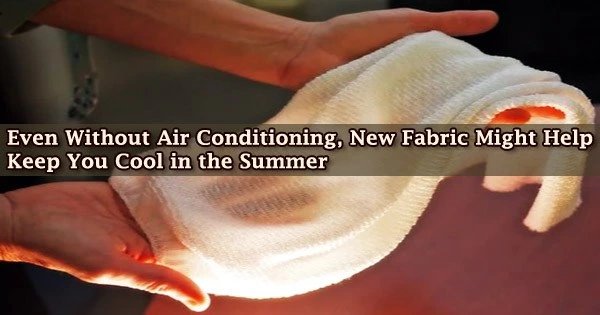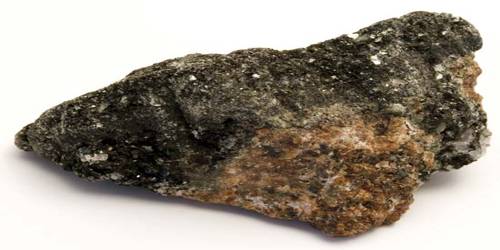According to the U.S. Energy Information Administration, nearly 10% of all electricity used in the country is used for air conditioning and other space cooling techniques.
Researchers have now created a material that cools the user without the use of power, according to a publication in ACS Applied Materials & Interfaces. The material wicks away moisture from the skin, conducts heat, and deflects water.
A person’s body may be cooled down far more effectively than a room or a structure can be. Numerous articles of clothing and textiles have been created to accomplish this, but the most of them suffer from drawbacks including low cooling capability, high electricity consumption, difficult, time-consuming manufacture, and/or expensive price.
Yang Si, Bin Ding, and other researchers aimed to create a breathable, water-repellent, and simple-to-make personal cooling cloth that could effectively remove heat from the body.
The new material was created by the researchers by electrospinning into nanofibrous membranes a polymer (polyurethane), a water-repelling variant of the polymer (fluorinated polyurethane), and a thermally conductive filler (boron nitride nanosheets).
The holes in these membranes were large enough to allow sweat to escape from the skin and air to flow through them while still repelling water from the outside. The polymer nanofibers were covered with boron nitride nanosheets, creating a network that transferred heat from an internal source to the ambient air.
Test results revealed that the heat conductivity of this cloth was greater than that of many other traditional or high-tech fabrics. According to the researchers, the membrane may also be beneficial for solar energy harvesting, seawater desalination, and the control of electrical device temperatures.
















